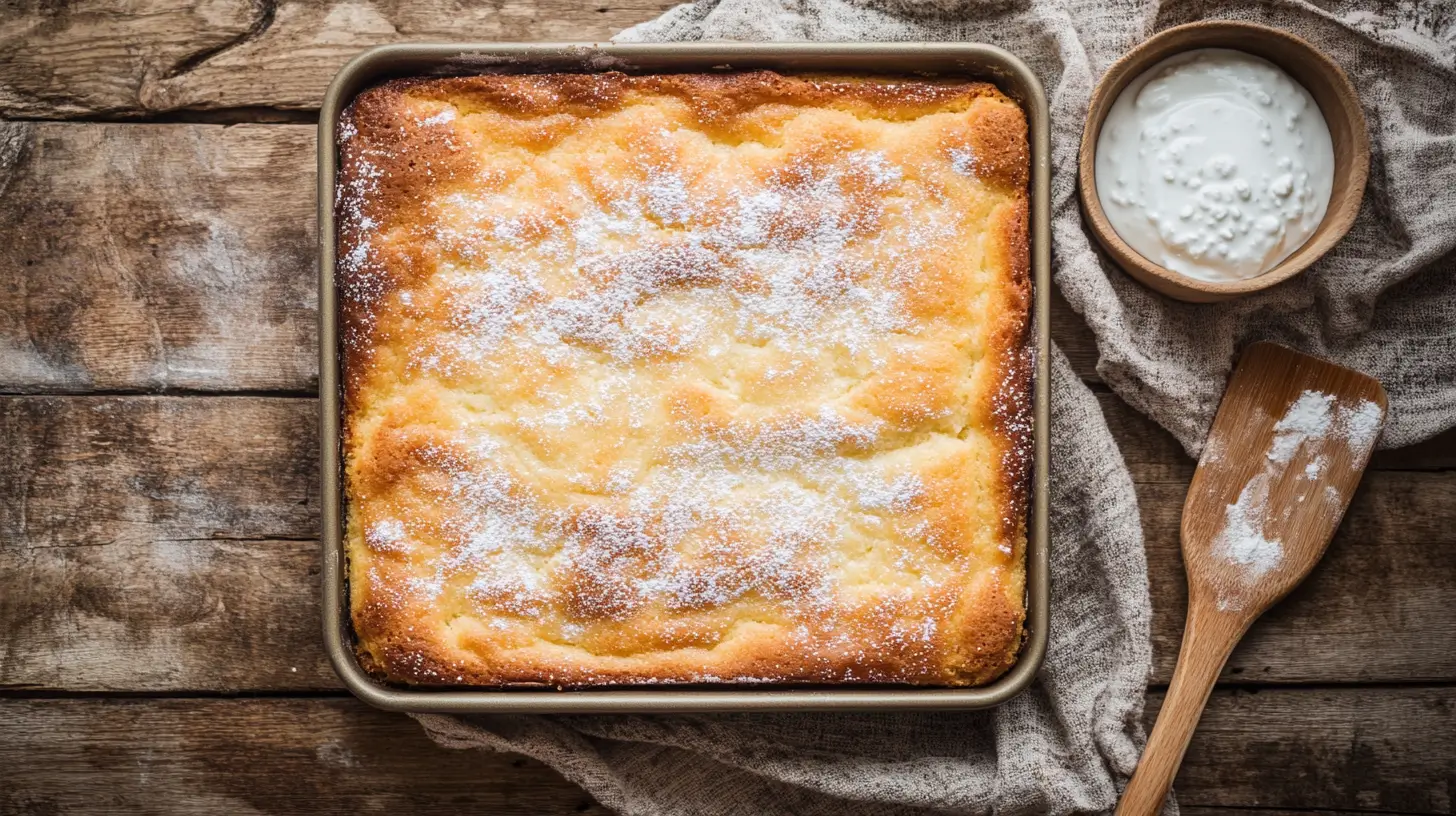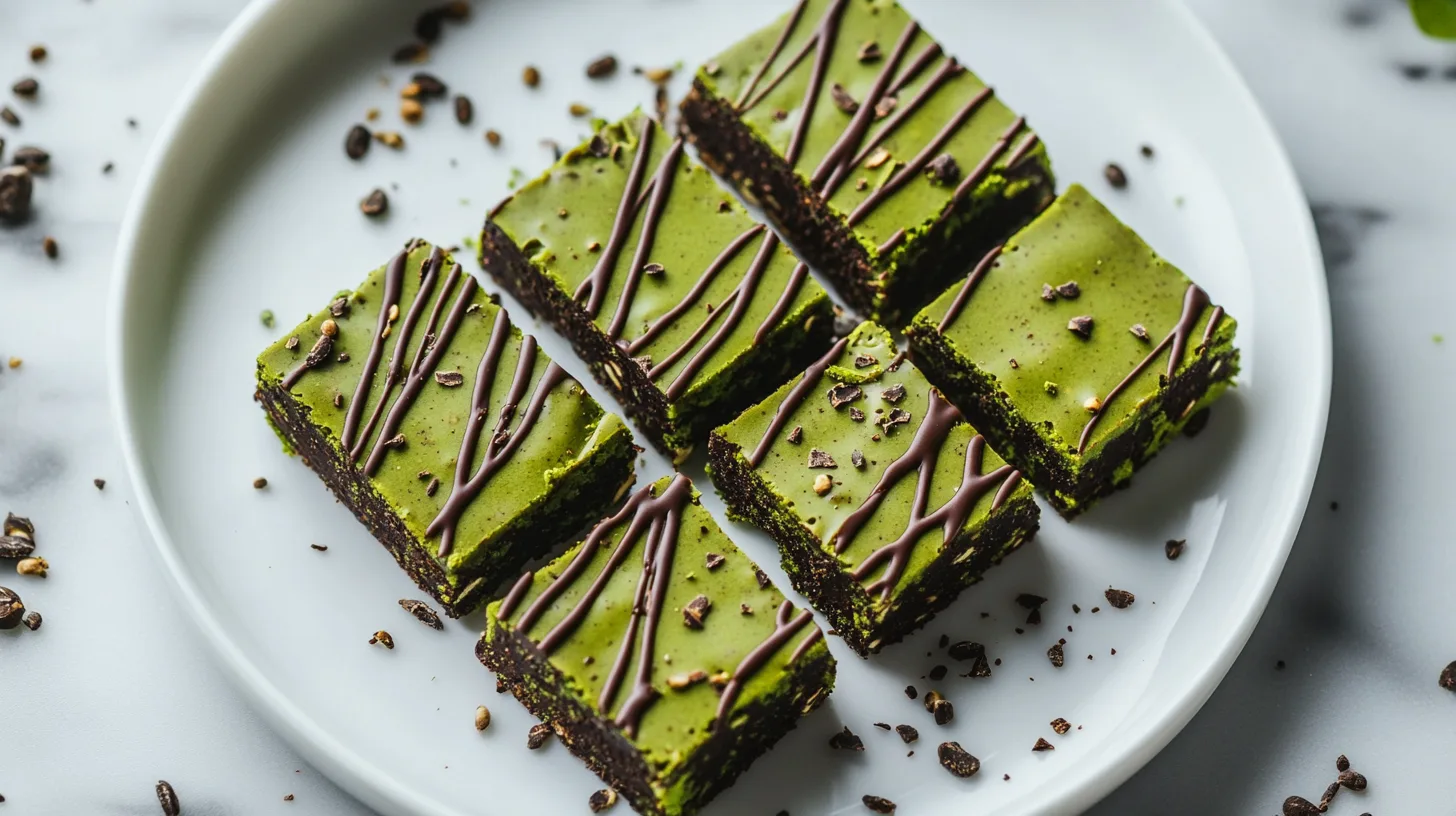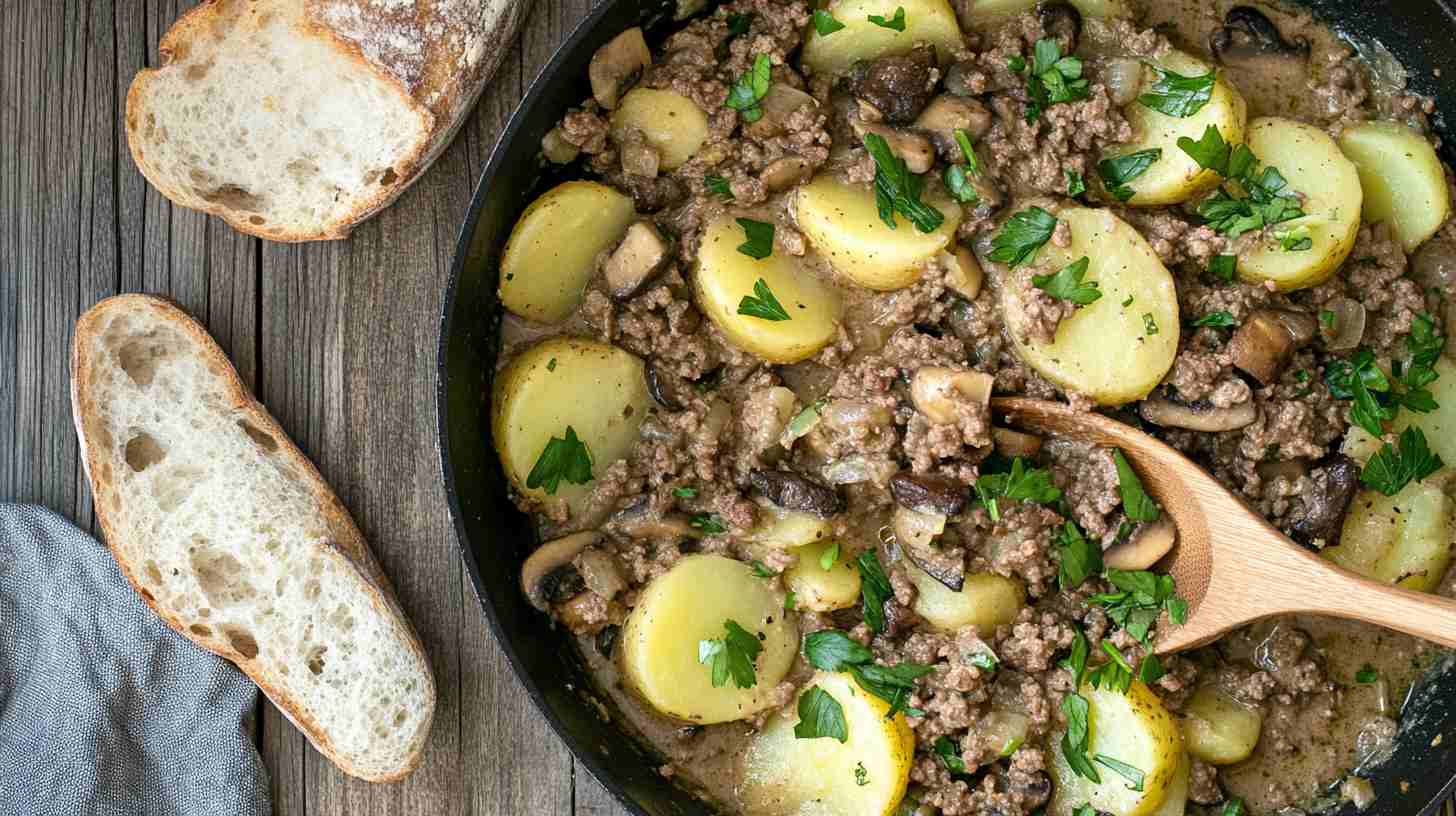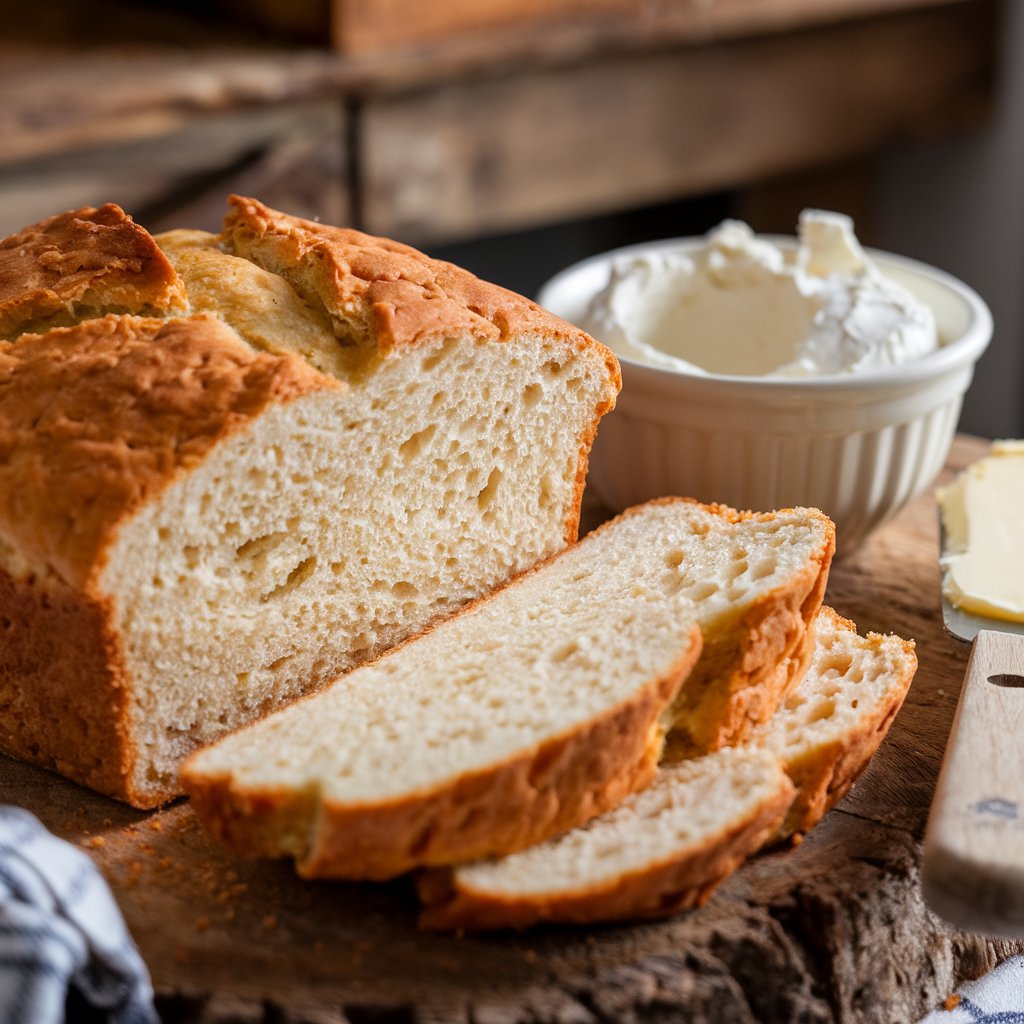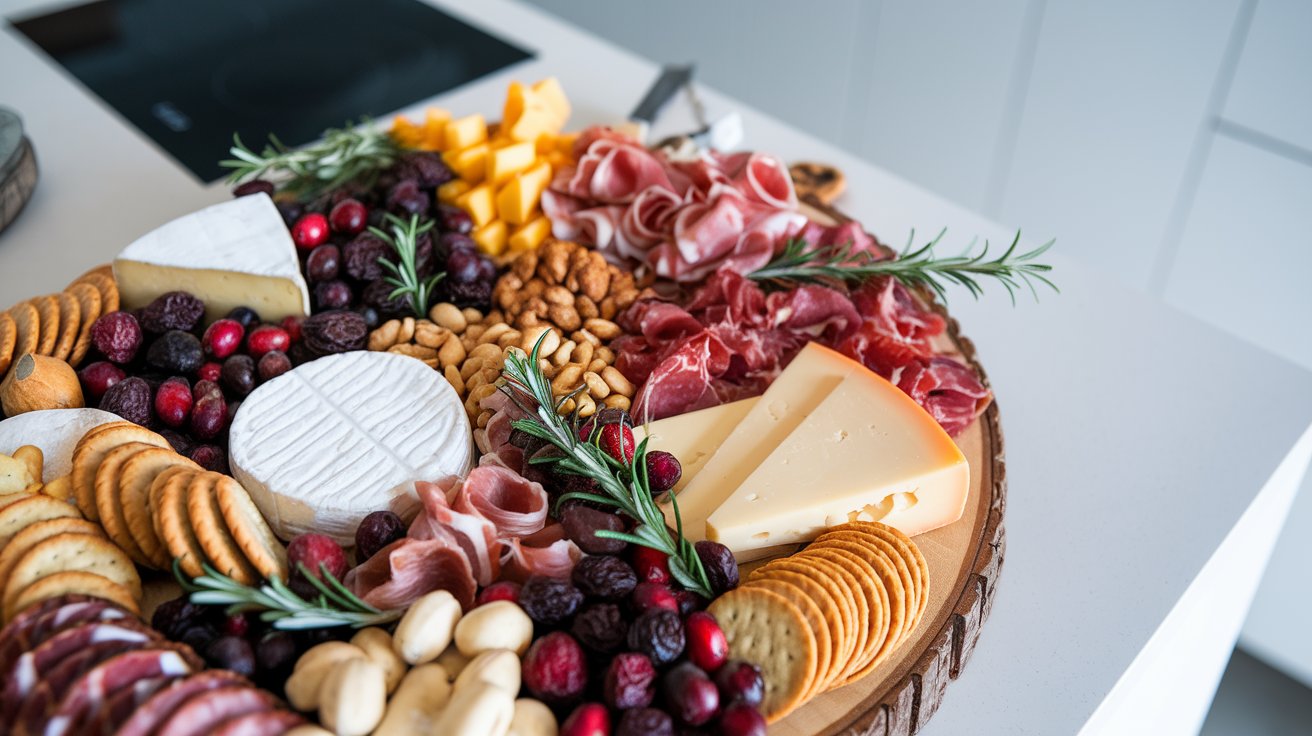Who doesn’t love a cake that’s easy to make, irresistibly delicious, and even a little healthy? If you’ve been searching for a dessert that checks all those boxes, let me introduce you to the magic of kefir sheet cake ingredients! Imagine a cake so soft and moist that it practically melts in your mouth, all thanks to the tangy goodness of kefir. The best part? You likely already have most of these ingredients in your kitchen. First, it’s a straightforward recipe that doesn’t require fancy techniques—perfect for beginners. Next, it’s versatile enough to dress up for special occasions or enjoy with a cozy cup of coffee.
First, it’s a straightforward recipe that doesn’t require fancy techniques—perfect for beginners. Next, it’s versatile enough to dress up for special occasions or enjoy with a cozy cup of coffee. Baking with kefir is similar to exploring the versatility of dairy-based baking ingredients, which can add depth to a variety of recipes.
But here’s where it gets exciting: this isn’t just any ordinary cake. It’s packed with subtle, wholesome flavors that will make you feel like a baking pro. Plus, you can easily customize it to suit your tastes! So, why not give it a try? Keep reading to discover everything you need to bake your new favorite treat.
Key Ingredients for a Perfect Kefir Sheet Cake
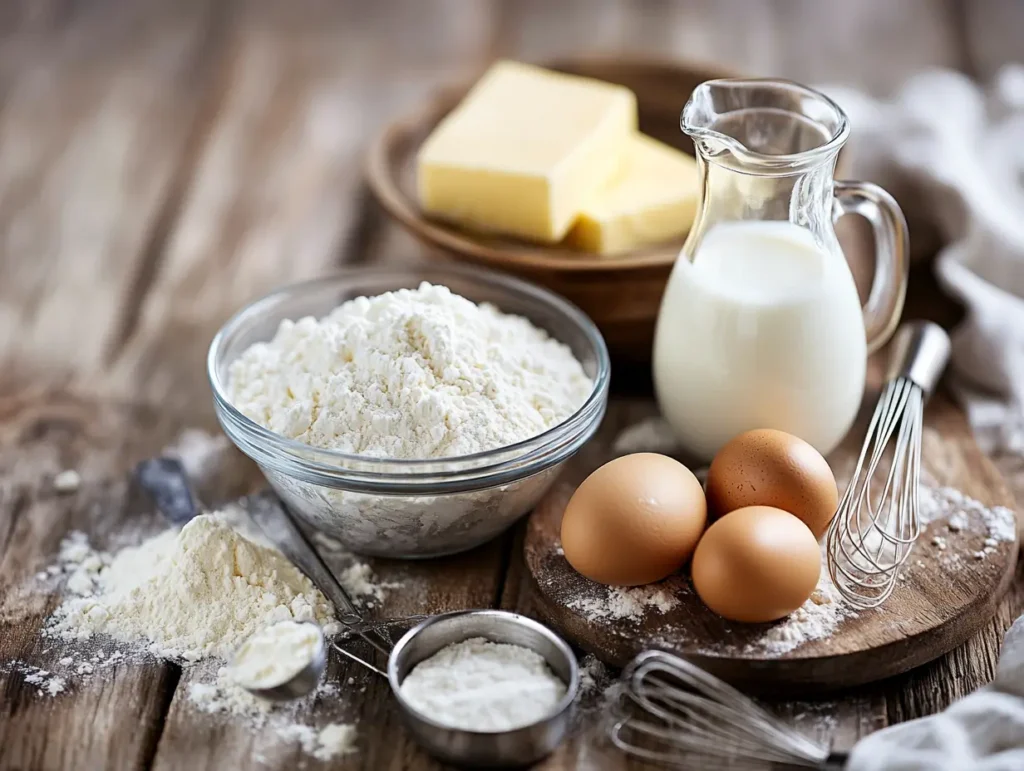
Selecting Fresh Kefir Sheet Cake
Choosing fresh and high-quality ingredients is the cornerstone of any great kefir sheet cake. Start with kefir—it’s the star of the show! This tangy, probiotic-rich fermented milk not only adds incredible moisture but also creates a fluffy texture by interacting with baking soda. You’ll want to use fresh, full-fat kefir for the best results, though plant-based kefir (like coconut or almond milk varieties) is an excellent option for dairy-free cakes.
You’ll want to use fresh, full-fat kefir for the best results, though plant-based options like coconut or almond milk kefir are excellent for dairy-free cakes. For inspiration, consider baking tips for sweet treats with alternative ingredients.
Next, gather all-purpose flour for structure, granulated sugar for sweetness, and eggs for binding. For healthier twists, try swapping regular flour with almond or oat flour. Baking soda or baking powder helps the batter rise, while melted butter or oil ensures a tender crumb. Optional add-ons like vanilla extract, cocoa powder, or citrus zest can boost flavor.
To keep things simple, measure your ingredients accurately and sift the dry ones to avoid clumps. Trust me—using fresh ingredients makes all the difference in achieving that perfect, melt-in-your-mouth texture!
Essential Seasonings and Flavor Enhancers
Adding the right seasonings and enhancers elevates your kefir sheet cake from ordinary to extraordinary. Vanilla extract is a must—it complements the tangy kefir beautifully, adding warmth and depth to the flavor. If you’re feeling adventurous, a pinch of cinnamon or nutmeg can add a cozy, spiced twist.
For chocolate lovers, cocoa powder is a fantastic addition, transforming your cake into a rich chocolatey delight. Citrus zest, like lemon or orange, brightens the flavor profile, making it perfect for spring or summer gatherings. Want a bit of crunch? Toss in some chopped nuts or shredded coconut.
Don’t forget the salt! A small pinch enhances the cake’s overall taste by balancing sweetness. For those looking to experiment, try adding instant coffee powder to a chocolate version or cardamom for a unique aroma. With these flavor boosters, your cake will be unforgettable!
Step-by-Step Instructions for Kefir Sheet Cake
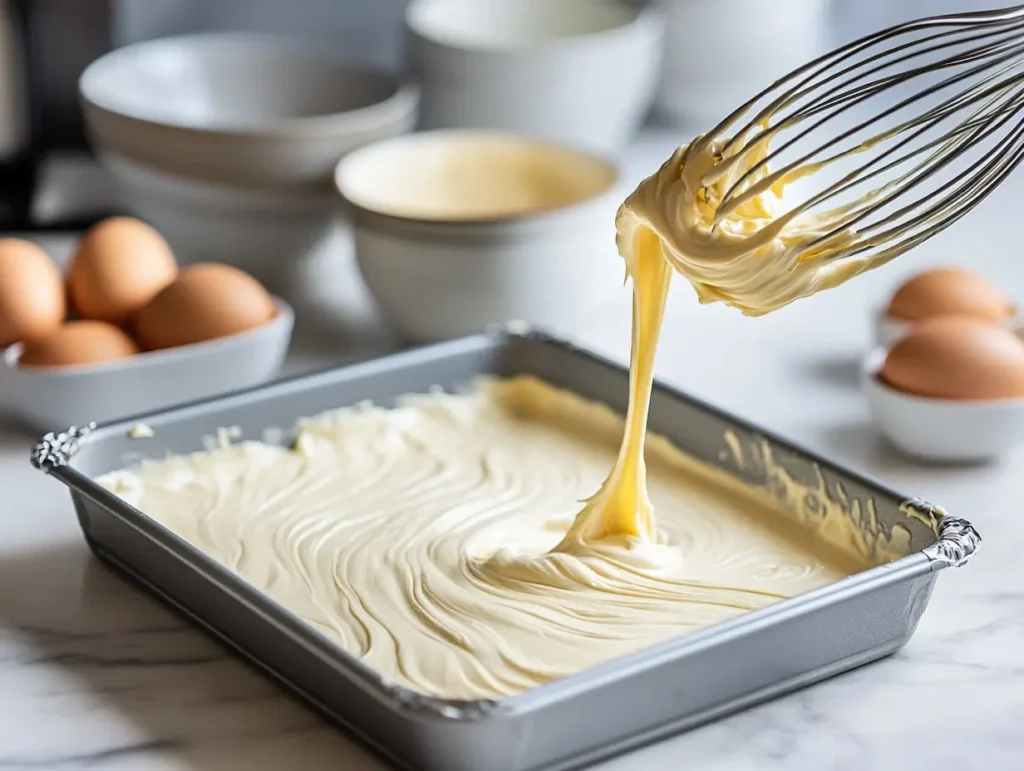
Preparing the Kefir Sheet Cake
Preparation is the key to stress-free baking. Start by gathering all your ingredients and ensuring they’re at room temperature. Why? Because room-temperature ingredients mix better, resulting in a smooth batter. Measure everything accurately—use measuring cups for dry ingredients and a kitchen scale for precision if you have one.
Begin by sifting the flour, baking soda, and a pinch of salt together into a bowl. This step ensures your dry ingredients are light and well-aerated. Next, crack the eggs into a separate bowl and beat them lightly. If you’re going dairy-free, prepare your flaxseed meal or applesauce as egg substitutes.
Melt your butter or measure your oil, depending on your preference. If you’re adding extras like cocoa powder or spices, have those ready as well. Lastly, pour your kefir into a jug for easy access. With everything prepped and measured, you’re all set to dive into the mixing process!
Making the Kefir Sheet Cake
Making the batter is where the magic happens. Start by whisking the sugar and eggs together until light and frothy—this helps create a tender texture. Gradually add your melted butter or oil, mixing until fully incorporated. Next, pour in the kefir and vanilla extract, stirring gently to combine.
Slowly fold the dry ingredients into the wet mixture in batches. Use a spatula or whisk and mix just until combined—overmixing can make your cake dense. If you’re adding cocoa powder, zest, or nuts, now’s the time to gently fold them in.
Once your batter is ready, pour it into a greased or parchment-lined 9×13-inch baking pan. Spread it evenly, tapping the pan on the counter to release any air bubbles. Bake at 350°F (175°C) for 30–35 minutes, or until a toothpick inserted into the center comes out clean. Let it cool before adding any toppings or decorations. You’re going to love how simple and rewarding this process is!
Mastering the Caramelization Process for Kefir Sheet Cake
Selecting Fresh Kefir Sheet Cake
The freshness of your ingredients plays a crucial role in caramelization. Kefir, with its natural sugars and acidity, contributes beautifully to this process. When heated, it helps the cake achieve a golden-brown crust that’s slightly caramelized and full of flavor. Always check your kefir’s expiration date before baking—fresh kefir is non-negotiable!
Your choice of sugar also matters. Granulated sugar caramelizes evenly, creating a consistent golden hue. For a richer flavor, brown sugar or a mix of both can be used. Melted butter or oil in the batter aids in browning, while eggs give structure, making the caramelization even and appealing.
Keep your dry ingredients fresh, too! Stale flour or baking soda can negatively affect how your cake bakes and browns. By starting with quality ingredients, you’ll set the stage for a beautifully caramelized and delicious kefir sheet cake.
Tips for Perfect Caramelization
Achieving perfect caramelization is easier than you think! First, make sure your oven is preheated to 350°F (175°C). A consistent temperature ensures even browning. Position your baking pan in the center rack for the best heat distribution.
Use a light-colored baking pan if possible, as darker pans can over-brown the edges. Don’t rush the baking process—caramelization takes time, and removing the cake too early may result in a pale top.
Another tip? Brush the top of the cake with melted butter or a thin layer of sugar syrup before baking. This encourages a shiny, caramelized finish. Lastly, keep an eye on your cake during the last few minutes of baking. A golden-brown top and the heavenly aroma will tell you it’s ready!
How to Serve and Present Kefir Sheet Cake
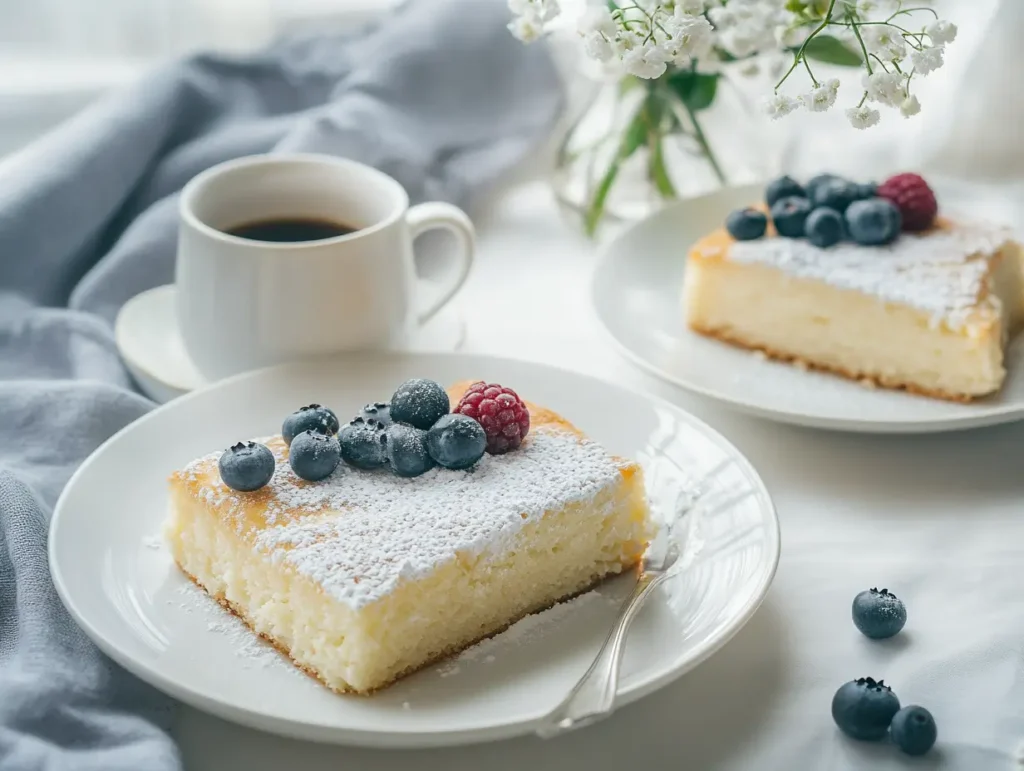
Garnishing and Plating Tips
Serving your kefir sheet cake can be as simple or creative as you like. A sprinkle of powdered sugar is the quickest way to make your cake look elegant without any extra effort. For a more indulgent presentation, consider drizzling a yogurt glaze or a rich chocolate ganache over the top.
If you’re a fan of textures, try topping the cake with a handful of toasted nuts or shredded coconut for a satisfying crunch. For a fresh and fruity touch, decorate with sliced strawberries, raspberries, or a mix of seasonal fruits. Citrus zest, especially lemon or orange, can also add a pop of color and a refreshing flavor contrast.
For those who enjoy pairing flavors, check out these nut-based recipes to complement tangy baked goods. Topping your cake with nuts or fruit can add delightful texture and visual appeal.
When plating, cut the cake into even squares or rectangles. Arrange the slices neatly on a platter or serve them individually on plates. Pair the cake with a dollop of whipped cream or a scoop of vanilla ice cream for a fancy finish. Trust me, these little details will wow your guests!
Pairing Kefir Sheet Cake with Other Things
Kefir sheet cake is incredibly versatile and pairs well with a variety of drinks and desserts. For a comforting, everyday treat, serve it alongside a hot cup of coffee or tea. If you’re hosting a special event, a glass of chilled dessert wine or sparkling cider can make the experience extra festive.
Want to turn it into a dessert centerpiece? Pair the cake with fresh fruit salads, caramel sauce, or a tangy lemon curd. You can also offer a scoop of gelato or a dollop of Greek yogurt for a unique pairing that enhances the cake’s tangy notes.
If you’re aiming for a healthier vibe, kefir smoothies or fruit-infused water can complement the cake beautifully. The balance of flavors makes this cake a great option for both casual get-togethers and more formal occasions. No matter how you serve it, this cake is sure to shine!
Creative Variations of the Kefir Sheet Cake Recipe
Spicing Up the Classic Kefir Sheet Cake
Looking to put a twist on the classic kefir sheet cake? Adding a few spices can completely transform the flavor. A teaspoon of cinnamon or cardamom can give the cake a warm, cozy vibe—perfect for fall or winter baking. For a spicier kick, try adding a pinch of ginger or cloves.
You can also play around with extracts. Almond extract adds a nutty depth, while lemon or orange extracts brighten up the overall taste. If you love chocolate, mix in some cocoa powder to create a rich, chocolaty version.
Want to experiment with textures? Fold in grated carrots, zucchini, or even shredded coconut to give your cake a moist, dense texture. You can also stir in raisins, dried cranberries, or chocolate chips for bursts of sweetness. The possibilities are endless, and the best part? Each variation will taste like a completely new dessert!
Adding Unique Ingredients to Enhance Flavor
Adding unique ingredients to your kefir sheet cake is a fun way to customize the recipe to your liking. For a tropical twist, incorporate crushed pineapple or diced mango into the batter. If you’re a nut lover, add chopped pecans, walnuts, or hazelnuts for extra crunch.
You can also experiment with alternative flours like almond, coconut, or spelt flour for a slightly nutty taste and a gluten-free option. Sweeteners like honey, maple syrup, or coconut sugar can replace granulated sugar for a more natural flavor profile.
For a bold and surprising twist, mix in instant coffee granules or espresso powder. It intensifies the flavor, especially in chocolate versions. Another idea? Add a swirl of jam, like raspberry or apricot, for a visually stunning and flavorful upgrade. These creative additions make each bite of your kefir sheet cake a delightful surprise!
FAQ’s
What does kefir do in baking?
Kefir is a game-changer in baking because it adds moisture, tangy flavor, and a fluffy texture to your recipes. Its acidity reacts with baking soda or baking powder, helping the batter rise and creating a light, tender crumb. This makes it a fantastic substitute for buttermilk, yogurt, or sour cream in recipes.
What do foam cakes not contain?
Foam cakes are unique because they don’t contain traditional leavening agents like baking soda or baking powder. Instead, they rely on whipped egg whites or whole eggs for their airy structure.
What not to mix with kefir?
Kefir should not be mixed with overly hot liquids, as high temperatures can kill the beneficial probiotics it contains. For example, adding kefir directly to boiling water or hot soups can destroy its health benefits. Additionally, avoid mixing kefir with strong acids like lemon juice before baking, as it may curdle prematurely.
What does kefir do to your stomach?
Kefir is great for your stomach as it is packed with probiotics, which are beneficial bacteria that support a healthy gut. These probiotics can help improve digestion, reduce bloating, and balance your gut microbiome.
Enjoy Your Delicious Kefir Sheet Cake for Beginners: Craft the Perfect Dessert Creation
And there you have it—a simple and fun way to bake with kefir sheet cake ingredients! This recipe is a great starting point for anyone, whether you’re new to baking or just looking for a quick treat. First, you’ll love how the tangy kefir creates a moist and fluffy texture. It’s perfect for a dessert that’s both tasty and a little healthier.
Next, the basic ingredients make it easy to experiment. You can add your favorite flavors, like chocolate or citrus, to make it your own. Plus, it’s a recipe that pairs well with just about anything—from coffee in the morning to ice cream for dessert.
So, grab your ingredients, preheat that oven, and give it a go! You’re going to impress yourself and anyone lucky enough to try a slice. Happy baking, and don’t forget to share your delicious creation with friends and family!

